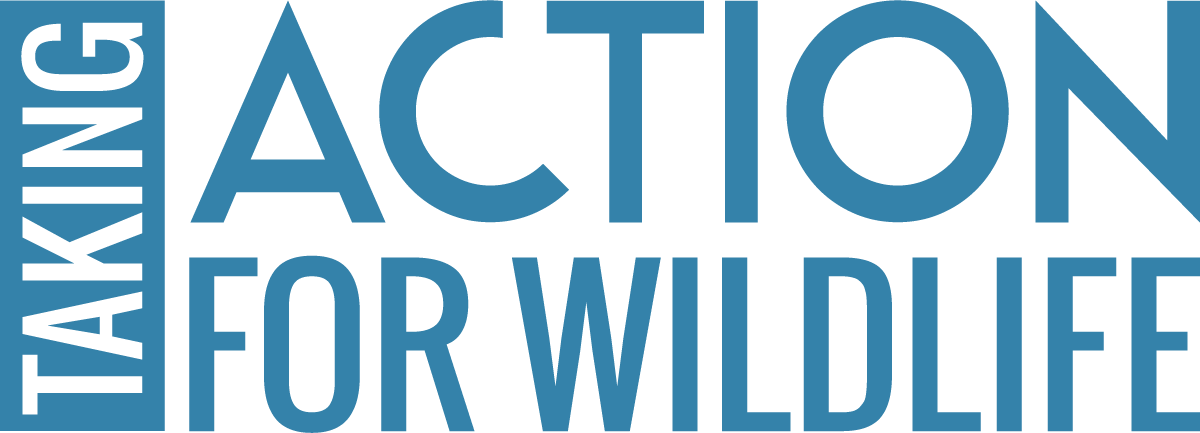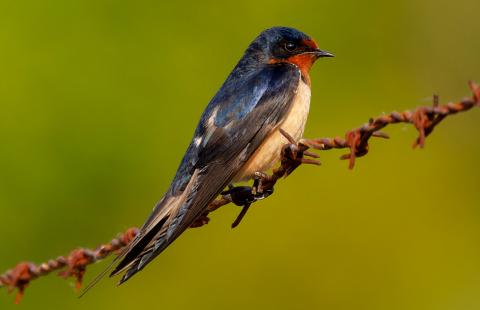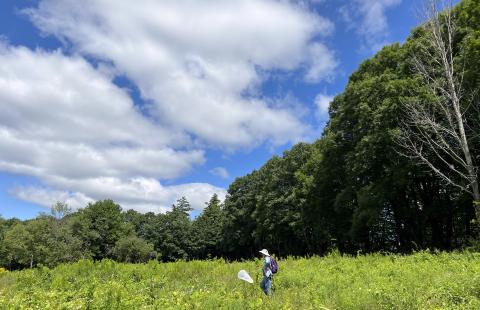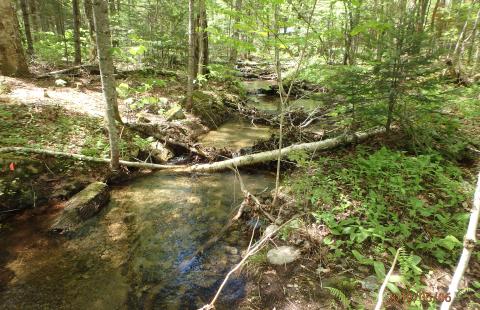Wildlife Species
A new brochure highlights the seven species of swifts and swallows found in New Hampshire, their behaviors, habitats, and conservation needs. It also ...
Learn More
There is a lot we don’t know about the over 130 species of butterflies that occur in New Hampshire, but that is slowly changing – thanks to organizati...
Learn More
Each autumn, thousands of raptors make annual journeys across New Hampshire’s forested landscapes to wintering grounds further south. Though they can ...
Learn More
And 5 trails to help you find them.
Despite the cold weather, winter (and the often-snowy early spring) is a great time to get out on trails and find signs of wildlife.
Learn More
Saltmarsh Sparrows in New Hampshire
Do you live near a salt marsh? Or maybe you’ve visited a NH beach and noticed the nearby marshes? If so, one of the coolest evolutionary stories may b...
Learn More
People tend to associate wildlife track and sign with game species like deer and moose, but they're often surprised to learn you can also identify the...
Learn More
Wildlife adaptations to human development in exurban areas
"Exurban” areas lie between suburban and rural. An increase in human development in these once-rural places means that both wildlife species and human...
Learn More
July was a busy month for butterfly enthusiasts in New Hampshire, with over 130 participants gathering for day-long butterfly monitoring surveys organ...
Learn More
With some of New Hampshire's tiniest critters in mind, Carroll County Forester Wendy Scribner tackles the dilemma of what to do with all of the leaves...
Learn More
Much of the work of NH Fish & Game Department's Fisheries Habitat Program is providing technical assistance/expertise to restore and conserve fish hab...
Learn More











